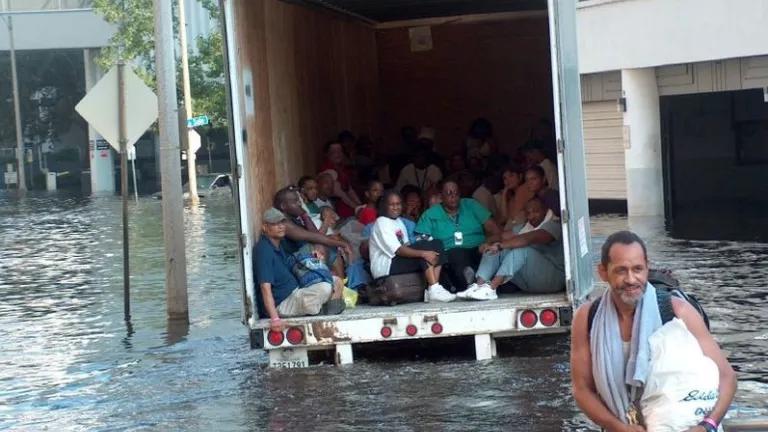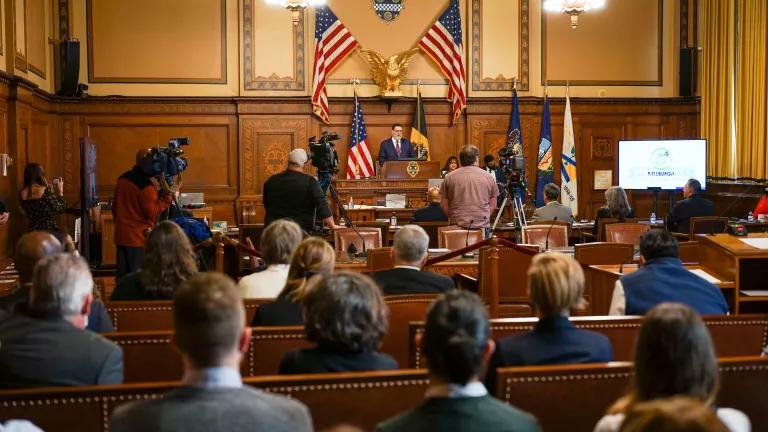
Imagine what it would be like to struggle to pay your bills, feed your children, get to work, or find work on a daily basis. Then picture having to do those things and rebuild your life in the wake of a flood, endure a weeks-long heat wave without air conditioning, or pay higher water rates in the midst of a crippling drought.
For poor families, a natural disaster can be the last straw. A flood, heat wave, or a hurricane can quickly turn one’s life from barely making it to not making it all. It can be the difference between being low-income and sinking into poverty.
That’s why NRDC strongly supports the Federal Department of Housing and Urban Development’s (HUD) proposed regulations that will require states and cities to assess the risks of climate change in their plans for providing affordable housing and encouraging economic development in some of the most vulnerable parts of the country.
HUD’s mission underscores the creation of “strong, sustainable, inclusive communities and quality affordable homes for all,” particularly in socially vulnerable communities afflicted by a lack of economic opportunity. In 2014, the official poverty rate was 14.8 percent—that’s 46.7 million Americans who also happen to be among the most vulnerable to the kinds of natural disasters that are becoming increasingly common as the climate changes.
Overall, these frontline communities are less prepared for a disaster, have less financial resources to rebuild their lives in the wake of a disaster, and are more likely to depend on government services in a disaster’s aftermath. After Hurricane Katrina, for example, nearly half of affordable rental units experienced severe or major damage. Meanwhile, costs for remaining affordable rental units increased dramatically, with the cost of a two-bedroom rental unit soaring 45 percent in just two years. Sea level rise will also disproportionately impact low-income communities. Along our nation’s coasts, up to 50% of areas with high social vulnerability are likely to face unplanned displacement under the 1 to 4 foot range of projected sea level rise.
The aid that HUD provides to frontline communities is no help at all if city and state development plans fail to account for the increased likelihood of natural disasters and fail to protect those at greater risk during and after natural disasters. That’s why the agency will require recipients of more than $4 billion in annual HUD grants to factor the increased risks of natural disasters into their plans for providing affordable housing, economic opportunities, and other services to low- and moderate-income communities. HUD has long embraced the concepts of community resilience and climate preparedness. The agency led development of the federal government’s Post-Sandy Rebuilding Strategy and the $1 billion National Disaster Resilience Competition. HUD is also expected to be among the first agencies to implement new federal flood protection standards that will safeguard against sea level rise and flooding for public buildings and infrastructure, providing greater protection for those at risk. HUD has embraced the need to factor in the unavoidable impacts of climate change.
NRDC filed comments this week supporting the proposed rule and is making recommendations on how HUD’s requirement to assess the potential impacts of climate change on our most vulnerable populations can be improved.
Rachel Mickelson contributed to this post.




